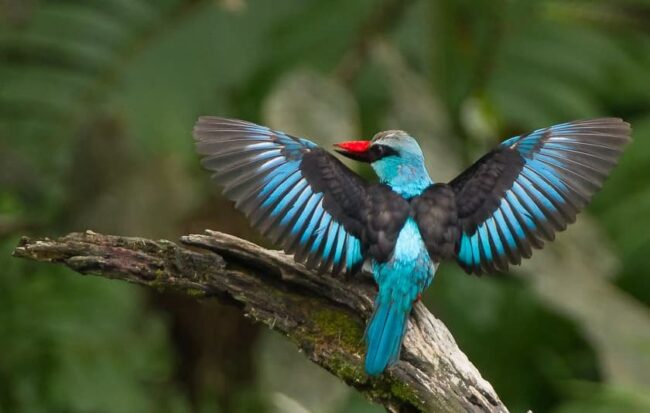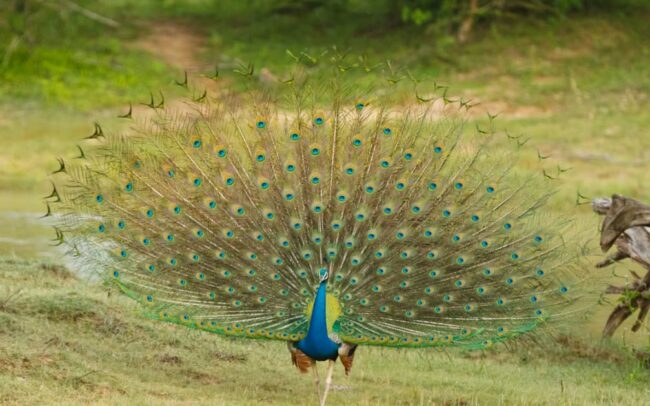Welcome to our blog post dedicated to the melodious Malabar Whistling Thrush (Myophonus horsfieldii). This charismatic songbird, known for its enchanting whistling calls and striking appearance, is native to the lush forests of the Western Ghats in India. Join us as we delve into the world of the Malabar Whistling Thrush, exploring its plumage, vocalizations, habitat preferences, and the conservation efforts aimed at protecting this remarkable species.
Appearance and Plumage
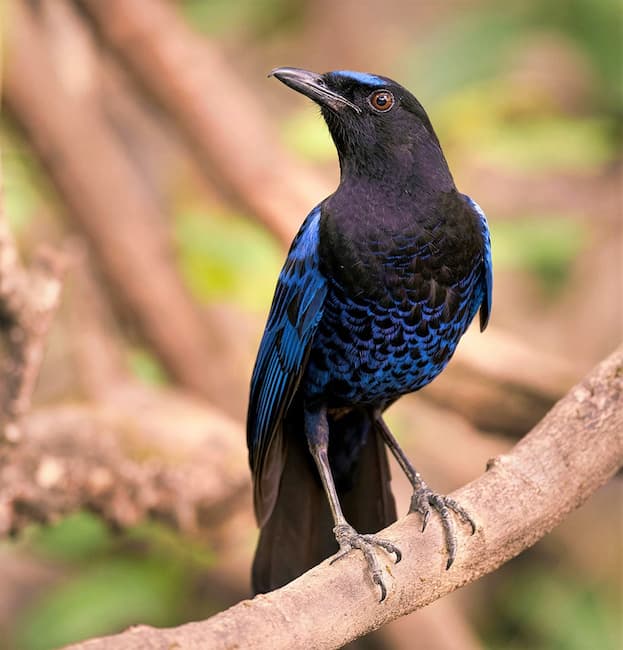
The Malabar Whistling Thrush is a medium-sized bird with a distinctive appearance. It has a glossy blue-black plumage, which shines beautifully in the sunlight. The male and female have similar coloration, with the male having a slightly brighter hue. Its bright yellow eyes stand out against the dark plumage, adding to its allure.
Habitat and Distribution
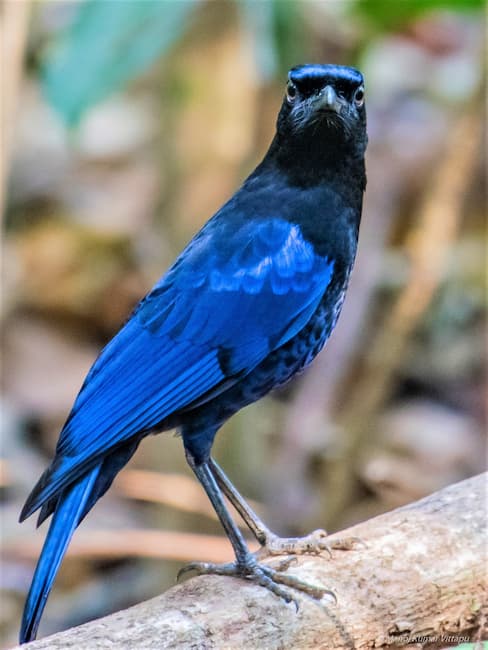
This species is endemic to the Western Ghats, a mountain range that runs parallel to the western coast of India. Malabar Whistling Thrushes are primarily found in moist evergreen forests, where they inhabit the understory and near-water areas. They are known to prefer areas with flowing streams or rivers, as they are excellent swimmers and often forage for food in water.
Behavior and Vocalizations
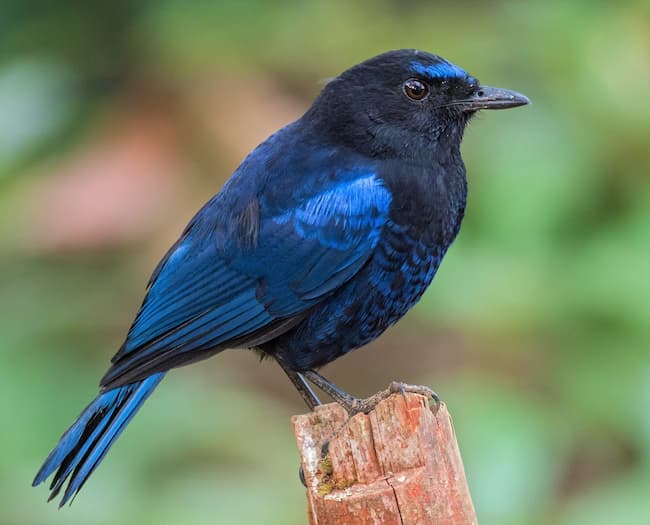
One of the most captivating aspects of the Malabar Whistling Thrush is its melodious whistling calls. The male is known for its long and varied whistles, which can echo through the forest. These calls serve multiple purposes, including territorial defense, courtship displays, and communication with other individuals. The thrushes are generally shy and elusive, often hiding in dense foliage.
Feeding Habits
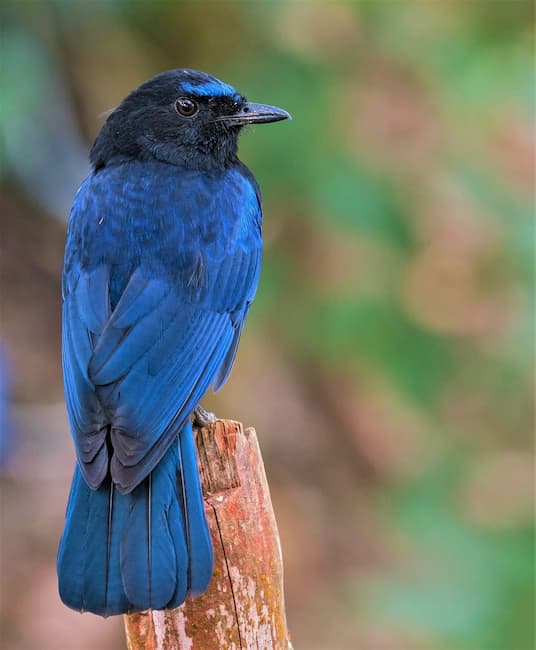
The Malabar Whistling Thrush feeds on a variety of invertebrates, including insects, earthworms, and small crustaceans. It is also known to consume fruits and berries during certain seasons. The bird uses its sharp beak to probe the ground and flip leaf litter in search of prey. It is an important part of the forest ecosystem, contributing to the regulation of insect populations.
Breeding and Reproduction
During the breeding season, which typically occurs from February to July, Malabar Whistling Thrushes build cup-shaped nests made of twigs, leaves, and moss. The nests are usually placed on a rock ledge, tree stump, or riverbank. Both parents take part in incubating the eggs and caring for the chicks. The young birds fledge after a few weeks and become independent.
Conservation Status
The Malabar Whistling Thrush is classified as a species of least concern on the IUCN Red List. However, like many species in the Western Ghats, it faces threats such as habitat loss and degradation due to deforestation, dam construction, and pollution. Conservation efforts are crucial to safeguard the habitats of these birds and maintain the biodiversity of the Western Ghats.
Conservation Efforts
Several organizations and initiatives are working to protect the Western Ghats and its avian inhabitants, including the Malabar Whistling Thrush. Efforts focus on habitat restoration, community-based conservation programs, and raising awareness about the importance of preserving this unique ecosystem. By supporting these initiatives, we can contribute to the long-term survival of the Malabar Whistling Thrush and other threatened species.
Conclusion
The Malabar Whistling Thrush is a true gem of the Western Ghats, captivating bird enthusiasts with its melodious calls and stunning plumage. Its presence in the forests adds to the rich biodiversity of this region. Let us appreciate and support the conservation efforts aimed at preserving the habitats of these magnificent birds, ensuring their survival for generations to come.
